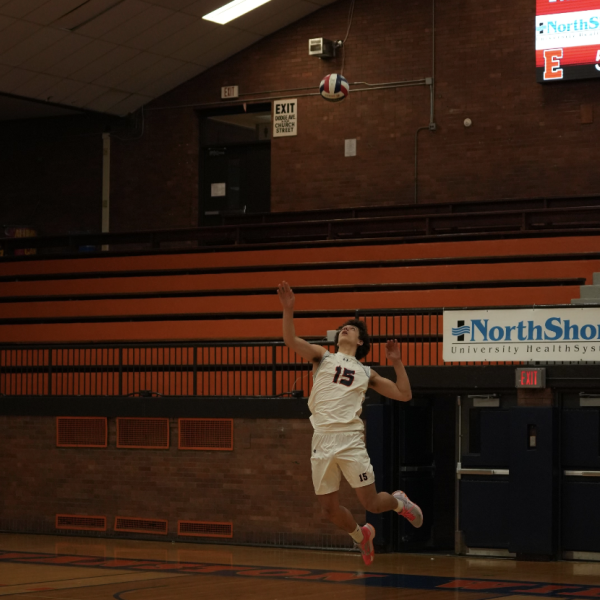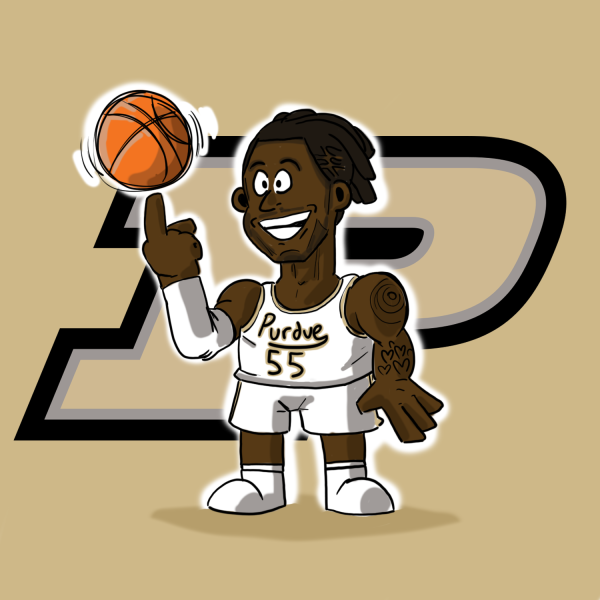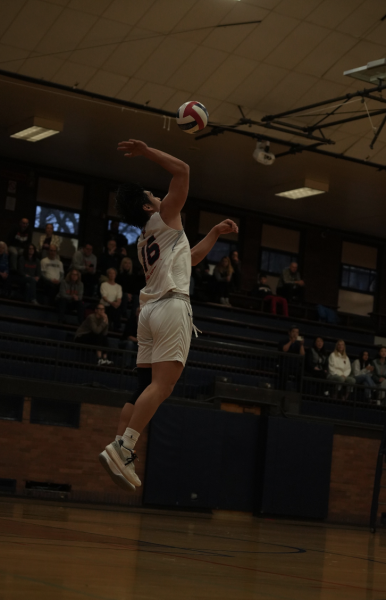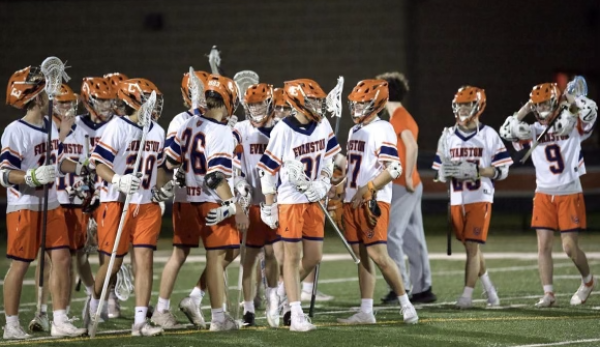Opinion | COVID-19 has altered the scholarship game for student-athletes
For so many decades, athletes have had the opportunity to go to college for free or on some kind of beneficial athletic financial aid. In a normal world on average, only about two percent of high school athletes are awarded athletics scholarships to compete in college. According to the National Collegiate Athletic Association, more than 180,000 student-athletes receive around $3.6 billion in athletic scholarships in Divisions I and II each year. The NCAA has forced that number to drastically decline and negatively impact the past two graduating recruiting classes.
On average, student athletes play four years of college athletics, five if they decide to redshirt their respective year, (usually freshman). This allows colleges to be able to provide a fixed amount of athletic scholarships to high school athletes they believe are worthy each year. Schools know how many students to expect joining and leaving a team each year.
The year of 2020, though, brought many athletes into a world of complete uncertainty. In late March of 2020, the NCAA released statements that granted spring sport collegiate athletes an extra year of eligibility. When the COVID-19 pandemic encroached upon the 2020-2021 school year, the NCAA granted the extra year of eligibility to fall and winter sports teams as well. This rule by the NCAA instantly took its effects on the recruiting process. All of a sudden, all of the college athletes schools used to bank on leaving were granted another year. All the while, there were still incoming freshmen hoping for scholarships as well.
“I think giving NCAA seniors an extra year was a good and bad thing. I believe it was good so maybe [college] seniors get that extra year to maybe make it pro and show themselves more. On the other hand, it’s bad for me, because I don’t have as many places I can go, and I lose potential athletic opportunities,” senior and top Illinois defensive back recruit, Mark Cannon Jr., says.
This wasn’t just the case with Cannon. Unfortunately, it was the case with players who weren’t highly recruited across the country as well.
This didn’t just affect athletes; coaches in the NCAA also felt conflicted about not being able to bring in as many recruits as they usually do. They are also able to recognize the complexity of the situation.
“If you have somebody that’s put their blood, sweat and tears into our program for one, two or three years, you’re certainly going to stick with those guys,” Iowa football recruiting coordinator Tyler Barnes says.
This is a similar mindset for coaches across the board. As a coach, you want the guys who are the biggest, strongest, fastest and the most comfortable with the program—the ones that have been around for years. So they end up continuing to dole out scholarships to seniors.
On the other hand, these schools can’t just give spots to kids like they’ve done in the past. They have to be sure it’s the perfect fit. After junior season, high school athletes usually begin to develop college options and ideally commit to a school before senior year. For the class of 2022, senior seasons have been so important for colleges to find the right fit for their program.
With everyone getting that extra year from the NCAA, and kids entering the transfer portal trying to find new collegiate homes, roster spots will be tight for some time, and student athletes will continue to have to work harder for a scholarship than they would have had to five years ago.
High school athletes have become the least valued recruiting chips for colleges, with schools having fewer scholarships to hand to an incoming freshman. The process of finding a home has never been this difficult.
It was no easier for a recruit like myself. I think I had a very similar situation as many, many student athletes. I was a top recruit in Illinois. Ranked in the top 15 for my position. Ended the season with convincing statistics, many 100 yard plus games and an all-state title. I had Division I opportunities but none of the options gave me a full-ride scholarship, so I didn’t choose to go. I obviously don’t say this to boast on myself but I say this because many, many people around me believed I should have gotten a scholarship to play football at the Division I level. My recruiting counselor told me multiple times that the Division I offers will come. Division III coaches stopped recruiting me because they believed I should be playing higher level ball, and many Division II coaches held off from offering me because they expected a Division I school to offer me the opportunity to go to college for free. Division I coaches, though, seemed to always have their eyes elsewhere. Even when Illinois State came to one of our games and I scored twice in the first half, they still decided to call me and tell me, “We’d love to give you a full scholarship but because of COIVD-19 we just don’t have the money”. Now, Illinois State being my ideal school, you could imagine why I now have a bone to pick with those guys.
I decided to go Division II, to the University of Indianapolis. They felt right, felt like family. They also gave me a full scholarship so that’s a pretty convincing deal. I also picked this school because they had offered other Division I prospects who had fallen under the radar due to COVID-19. Bringing in other all-state guys and other top guys in their state. Bringing in a couple of state champions and ironically, we even brought in an Illinois State quarterback who transferred from there to UIndy. We even brought in the number six guy in the nation statistically with receiving yards. Only for the graduating class of 2021 and 2022, will a guy who had 1,751 receiving yards in a single season not go to Division I.
All in all, this process has not gotten easier for a single high school recruit, but it has gotten tougher for many. Student athletes will continue to feel the cons of how COVID-19 has altered recruiting. I expect things to be normal in about four years but hopefully, in the meantime, every athlete who deserves a shot somehow can still get it despite the adversity through which they will be forced to prevail.
Your donation will support the student journalists of the Evanstonian. We are planning a big trip to the Journalism Educators Association conference in Philadelphia in November 2023, and any support will go towards making that trip a reality. Contributions will appear as a charge from SNOSite. Donations are NOT tax-deductible.




